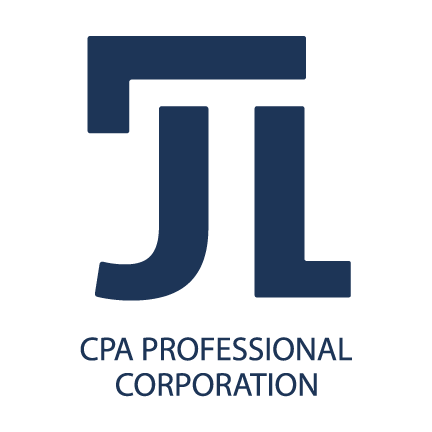Payroll Burdens: An Introduction
According to Statistics Canada Labour Force Survey December 2022, there are approximately 19.7 million people that are employed in Canada out of 20.8 million people in the labour force with a total population of around 32 million. Around 62% of all Canadians are working. That’s a lot of people working!
If you’ve grown your company to some point, you would have hired employees to help you. You never have time to do everything yourself nor are you expected to. It’s easy to give your employees a salary or an hourly rate since that is just one number. “I will give you $40,000 per year” or “I will give you $25 per hour”
This is only one part of the equation because there are a whole bunch of other costs when you hire employees, these are called Payroll Burdens.
Let’s get started!
What are Payroll Burdens?
As mentioned above, these are all the costs that you, as an employer, pay when you have employees. If you’re an employee, these costs don’t affect you because the company pays for these.
These are usually expressed as a percentage of gross salary. For example, 10% of gross salary. This just means that every time you hire an employee, you would be expected to pay an additional 10% on top of the salary.
Most Common Burdens
Here is a list of the most common payroll burdens that you already know that applies across the board:
Canada Pension Plan (CPP)
o In 2023, the employer contribution is 5.95% up to a max earnings of $66,600 and a max contribution of $3,754.45
Employment Insurance (EI)
o In 2023, the employer contribution is 2.282% (1.63% employee contribution @ 1.4 factor) up to a max earnings of $61,500 and a max contribution of 1,403.43
Employer Health Tax (EHT)
o If you’re company is eligible for it in Ontario and exceed the $1 million exemption, the rates are different depending on how much remuneration you pay
o For example, if you paid $1.2 million in payroll less the $1 million exemption leaves you with $200k @ 0.98%
o If this is mandatory for you, there are different classes depending on the type of company you operate and each have different rates
o For example, if you’re in Infrastructure Construction, you are in class G2 which has a rate of 1.81% for 2023 with a max earnings of $110,000
Vacation
o You may or may not know this one
o If you pay a salary, you most likely would have given your employee a number of days vacation (2 or 3 weeks for example) and it’s a burden because in those 2 or 3 weeks, you are paying them but they’re not doing any work since they are off
o If you pay an hourly rate, you may see a % vacation pay like 4% for statutory holiday
Less Common Burdens
There are also some less common burdens, some are common among different industries while others are different. It’s important to note that this list is not exhaustive and only highlights some of the possibilities.
Group Benefits/Health Spending Account
o Health and Dental coverage are common across different industries
RRSP/DPSP/Pension
o You can offer an x% of RRSP contribution without the employee matching
o You can offer an x% of RRSP contribution with the employee contributing a certain % (only the portion the company pays is a burden)
Vehicle (including Gas, Insurance, R&M, 407)
o If your company offers this since they need to travel
Car Allowance
o If your company provides this instead of a vehicle
Bonus
o If you offer this to your employees
Professional Development Courses/Licenses
o If you offer this to your employees
What is not a burden?
Now that we included some examples of burdens above, it’s important to talk about what’s not a burden. Here are some examples:
Canada Pension Plan (CPP)
o In 2023, the employee contribution is 5.95% up to a max earnings of $66,600 and a max contribution of $3,754.45
Employment Insurance (EI)
o In 2023, the employee contribution is 1.63% up to a max earnings of $61,500 and a max contribution of 1,002.45
Income Tax
o For the federal and provincial payroll taxes since the employee pays for this
Mileage reimbursement
o Usually for non-mandatory travel
Group benefits
o Health and Dental if the employee pays a portion of it
o Disability or Life Insurance because typically the employees pay for these
RRSP/DPSP/Pension
o The percentage or dollar amount the employee contributes themselves
Your Turn
After knowing what is a payroll burden and the typical examples of burdens, was there something that you didn’t know was a burden? Are you incorporating these when you hire employees and when you determine the cost of providing a service or product? If you need help determining this, make sure to reach out to an accountant who can guide you.
If you found value from this article, make sure to sign up for our newsletter to get notified of a new blog!
At JTL CPA, we are Ontario’s virtual accounting firm. Our goal is to automate your accounting and bookkeeping processes in a way that increases financial visibility. Pair that with our value-added approach and tailored advisory solutions gives you the ability to make sound decisions from good data. Check out our website here: www.jtlaccounting.com.
Thank you for making it to the end of the blog post. If there are topics that you would like to learn more about in the future, please let us know down in the comments.
Until then, see you next time!
#accounting #tax #business #entrepreneurship #success

